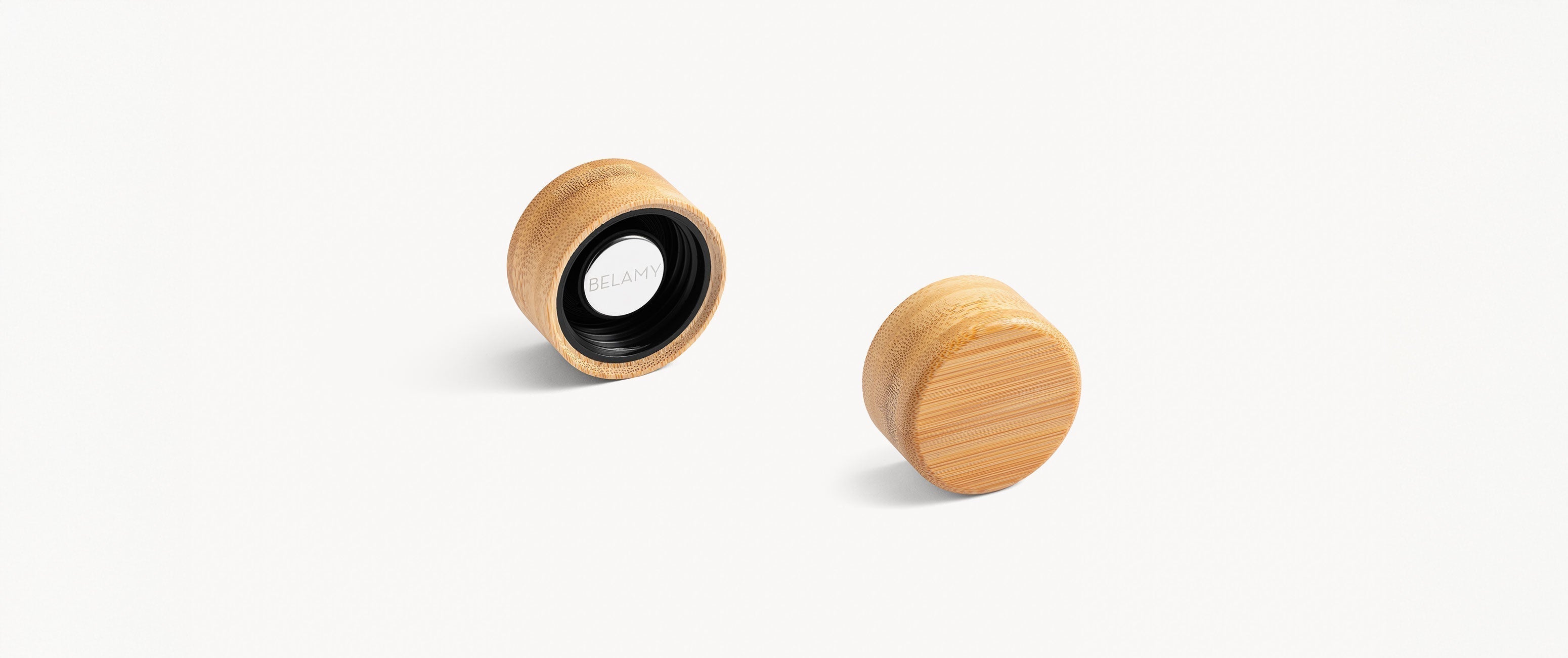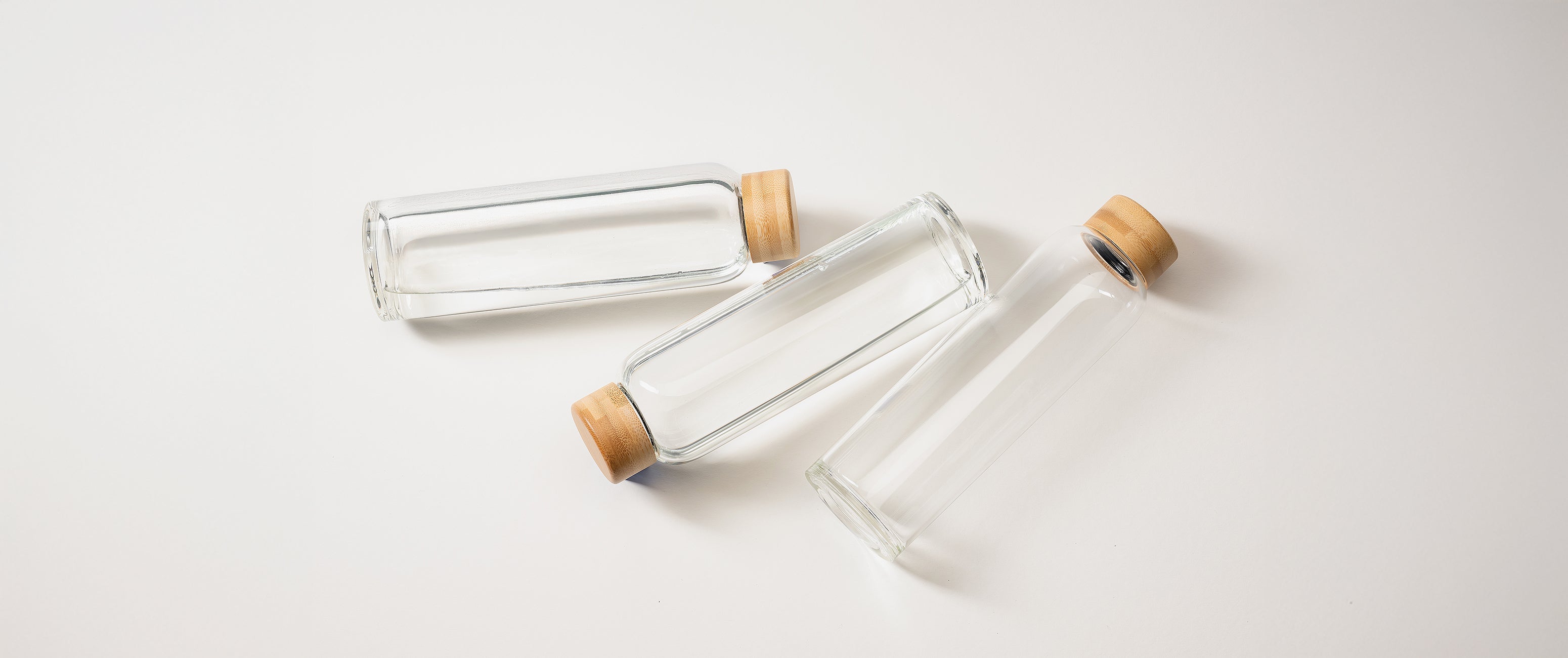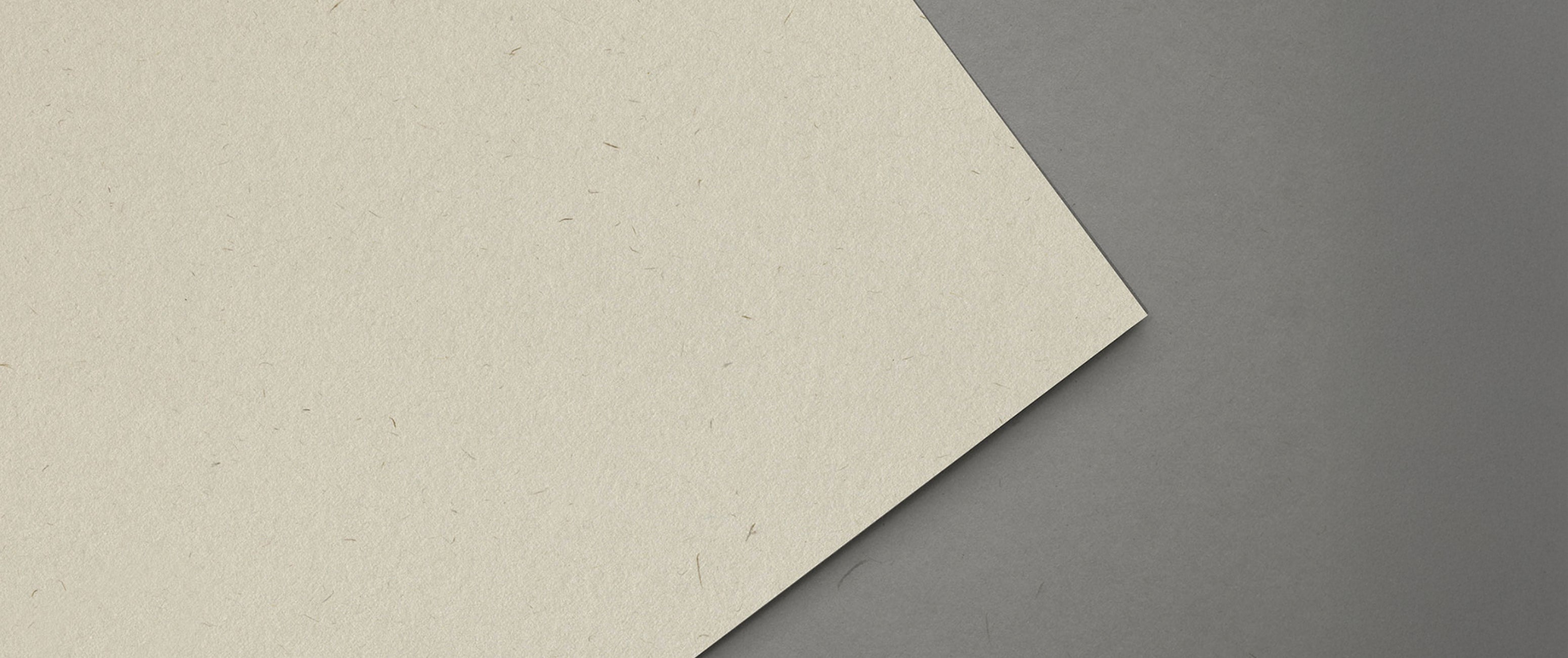
Our bamboo cap
Sustainability x Design II: We develop products that impress with their sustainability, design, and quality. To achieve this, we rely on selected materials, which we will present and explain in more detail in a series of blog posts.
The second part of our short series focuses on the BELAMY bottle's closure: our bamboo lid. Below, we explain what distinguishes bamboo from other materials and why we rely on this sustainable sweet grass.
In short
Bamboo is one of the world's most sustainable raw materials. Due to its extremely rapid growth, it binds a large amount of CO2 in a short time and is ready for harvest in just a few years. At the same time, bamboo possesses outstanding properties: Bamboo products remain durable and resilient even under heavy use. The natural ingredients ensure that our lid is not only easy to care for, but also remains taste- and food-safe over time.

Bamboo as a raw material – grows quickly and protects the environment
Bamboo is a true all-rounder and is enjoying increasing popularity as a material for all kinds of products. At the same time, the material is considered particularly sustainable and is designed to meet the highest quality standards. The bamboo family includes well over 1,000 species, and no other plant grows faster: the stalks can grow up to one meter per day and often reach a height of 40 meters. This is one of the reasons for bamboo's exceptional sustainability. Due to its incredibly rapid growth, it absorbs a large amount of CO2 from the atmosphere in a short period of time – up to four times more than most tree species.
Harvesting can begin after just three to five years. In comparison, native tree species typically take many decades to reach maturity. And unlike trees, the entire plant doesn't die when bamboo is harvested. Grasses like bamboo develop underground rhizomes that help them regenerate quickly and constantly produce new stalks. This is similar to how grass grows back quickly after mowing.
This makes it possible to harvest large quantities of material in a short period of time in a sustainable manner without endangering the entire forest, as is the case with timber harvesting in tropical forests. Bamboo also has other advantageous properties: It releases about a third more oxygen than trees of the same size, prevents soil erosion due to the nature of its rhizome and root systems, and is extremely resistant to weather influences and animal pests.
This eliminates the need for harmful pesticides or fertilizers during cultivation, and artificial irrigation is usually unnecessary. Another aspect concerns the economic situation. In general, bamboo cultivation is still very little industrialized. It is primarily harvested by hand by smallholder farmers. Compared to the production of other agricultural products, the bamboo industry is relatively environmentally and socially sustainable and offers an important alternative to deforestation.

More flexible than wood. Strong as steel – bamboo is the material of the future
In addition to its sustainability, bamboo also offers a variety of qualitative characteristics. Due to its chemical composition and its technical and mechanical properties, bamboo offers ideal conditions and thus makes it attractive for many applications. Many industries have already taken notice: Woody bamboo is used as a building material, in the manufacture of furniture, tableware, musical instruments, and many other household items.
It seems worthwhile to rely on bamboo products as an alternative to wood and, above all, plastic. And there are many good reasons for this. Although bamboo is a grass species, it develops very stable structures and exceptional hardness through the lignification process. This is due to the incorporation of the wood substance lignin into the cell walls and the high proportion of silicon dioxide (silica) in the cells, which provides additional stability.
Thanks to its predominantly hollow structure, bamboo remains exceptionally light and elastic. Another special feature concerns its structure: unlike conventional wood, the fibers of bamboo are arranged consistently lengthwise – i.e. vertically. This results in enormous elasticity on the one hand and incredible stability and resilience on the other. The material's density and hardness create particularly wear- and cut-resistant surfaces that remain durable and resilient even under heavy use. The low swelling and shrinkage behavior makes bamboo products extremely warp-free and dimensionally stable – even when exposed to high humidity for extended periods. The natural ingredients of bamboo have an antibacterial and germ-reducing effect. These properties mean that products like our lid are not only easy to care for, but also remain permanently tasteless and odorless, as well as food-safe and colorfast.
Sustainability and stylish design - no contradictions
After extensive research, we decided to use a bamboo lid. It's not just the impressive material properties that make bamboo the ideal material for us: we were also won over by its timelessly elegant and naturally beautiful design. The harmonious color gradient and warm radiance of bamboo create a sense of well-being and complement the design possibilities offered by the glass of the corresponding bottles. Its aesthetic properties, harmonious segmentation, and textures mean that each lid looks slightly different, making it truly unique. Bamboo provides us with a versatile, lightweight, robust, biodegradable, and sustainable material that fully meets our demands for the compatibility of sustainability and high-quality design.

